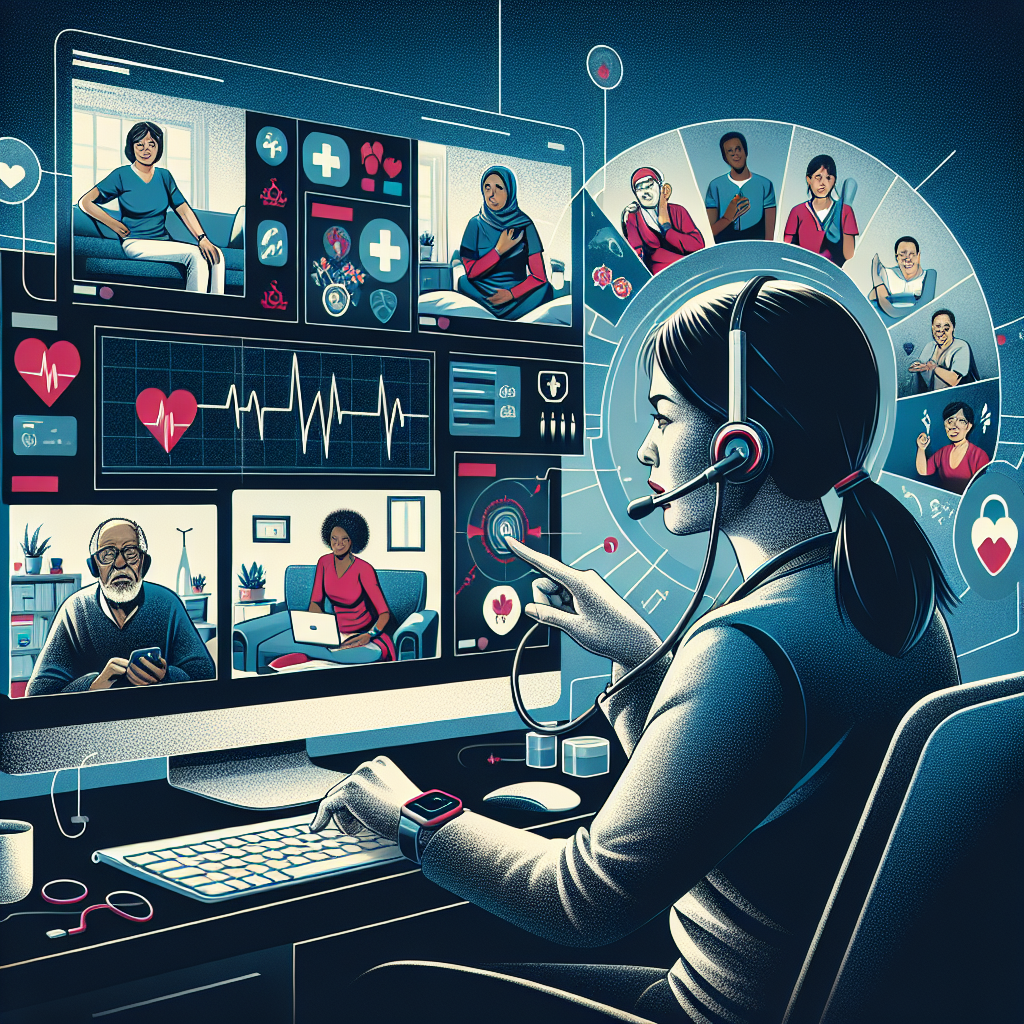The healthcare industry has seen significant advancements in technology over the past few years, and one of the most groundbreaking innovations is remote monitoring. This technology allows healthcare providers to keep track of patients’ health and vital signs from a distance, leading to improved patient care and outcomes.
Remote monitoring involves the use of wearable devices, sensors, and other smart technology to collect and transmit data about a patient’s health in real-time. This data can include vital signs such as blood pressure, heart rate, and oxygen levels, as well as information about medication adherence and activity levels. By continuously monitoring these metrics, healthcare providers can detect early warning signs of health problems and intervene before they escalate.
One of the key benefits of remote monitoring is that it allows patients to receive care from the comfort of their own homes. This is especially important for patients with chronic conditions who require frequent monitoring but may have difficulty traveling to healthcare facilities regularly. Remote monitoring eliminates the need for frequent in-person visits, reducing the burden on both patients and healthcare providers.
Another significant advantage of remote monitoring is its ability to improve patient outcomes. By providing healthcare providers with real-time data on patients’ health, they can make more informed decisions about treatment plans and interventions. This can lead to earlier detection of complications, better management of chronic conditions, and ultimately, improved patient outcomes.
Remote monitoring also plays a crucial role in preventive care. By continuously monitoring patients’ health data, healthcare providers can identify trends and patterns that may indicate an increased risk of developing certain health conditions. This allows for proactive interventions to prevent the onset of diseases and promote overall wellness.
Furthermore, remote monitoring can help reduce healthcare costs by preventing unnecessary hospitalizations and emergency room visits. By monitoring patients remotely, healthcare providers can intervene early and prevent health problems from escalating, ultimately reducing the need for costly medical interventions.
Overall, remote monitoring is revolutionizing healthcare and patient care by providing continuous and personalized monitoring of patients’ health, leading to improved outcomes, increased convenience for patients, and cost savings for healthcare systems. As technology continues to advance, remote monitoring is likely to become an essential tool in delivering high-quality, patient-centered care.


Leave a Reply